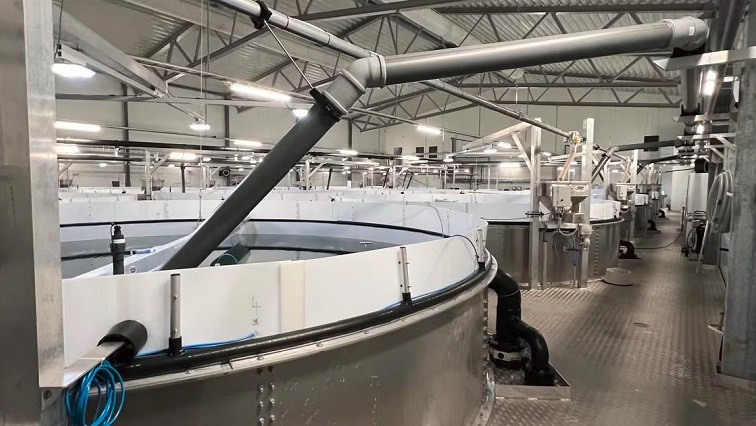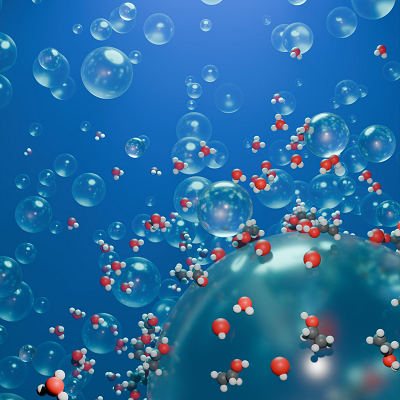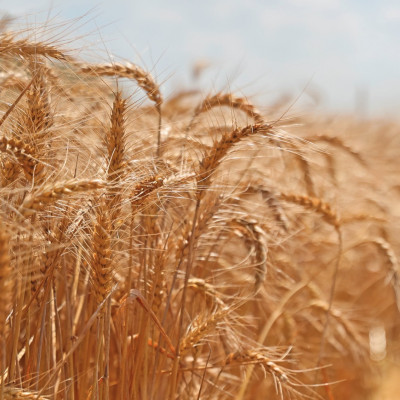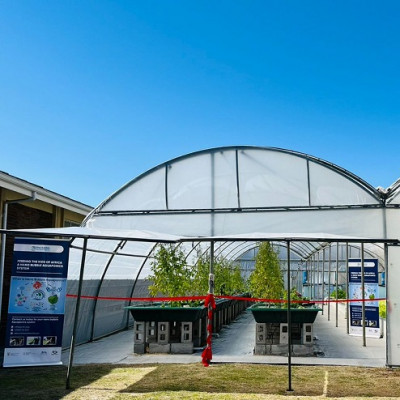Moleaer Inc., an innovator of nanobubble technology, has reported significant results following its recent collaboration with Lødingen Fisk – a Norwegian salmon aquaculture facility. The salmon producer integrated Moleaer’s proprietary nanobubble technology into its RAS operation, and has since noted improvements in water quality, fish health, and operational efficiency.
Nanobubbles, which typically measure between 80-200 nanometers in size, remain suspended in water for extended periods. Their unique properties, including neutral buoyancy and strong negative surface charge, allow them to increase oxygen transfer efficiency and improve water quality by removing biofilm and other suspended particles from the water.
At Lødingen Fisk, Moleaer’s system played a key role in enhancing oxygen dissolution, reducing suspended solids, and delivering significant improvements in biofilter performance, resulting in cleaner, more oxygen-rich water for the fish.
Specifically, following the nanobubble installation, Lødingen Fisk’s system underwent a 23 percent increase in dissolved oxygen, a 30 percent decrease in turbidity, and a 70 percent decrease in nitrite accumulation.
“Our work with Lødingen Fisk demonstrates the transformative potential of nanobubble technology to unlock new levels of productivity within the aquaculture industry,” said Jan Eric Haagensen, senior director of Scandinavia at Moleaer, in a press release.
“The results not only validate our technology but also demonstrate how strategic application can drive substantial improvements, offering a pathway toward improved fish welfare and more efficient, cost-effective, and sustainable aquaculture facilities,” he added.
The trial highlighted the benefits of nanobubble technology, expressed through lower feed conversion rates (FCR), improved fish growth, and reduced operational expenses – key metrics in a highly resource-sensitive industry. With the global aquaculture industry pushing for more sustainable and efficient practices, this case study highlights how nanobubble technology can achieve impactful outcomes in RAS processes.
Read the original article on The Fish Site.







